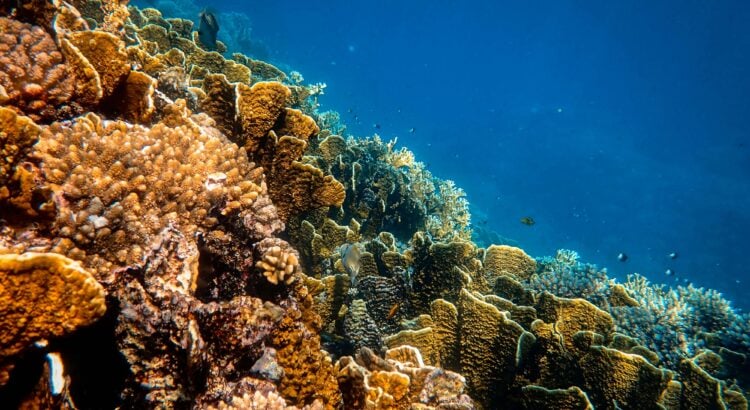Along the well-known shores of the Mediterranean Sea, spectacular coral structures are revealing a deep-sea ecosystem that is as rich as it is little known. The study of these formations could reshape our understanding of deep-sea habitats in the Mediterranean.
The Mediterranean often evokes warm, shallow waters, familiar coastlines, and extensively charted marine landscapes. Yet beneath its surface, some reliefs still escape scientific detection. One such feature, buried several hundred meters deep, has just unveiled a major surprise. A coral reef off Naples, recently discovered by an Italian research team, challenges previous perceptions of this heavily studied sea.
Unexpected Biodiversity in the Depths of Naples
More than 500 meters below the surface of the Gulf of Naples, researchers from the Italian National Research Council (CNR) have identified a remarkably extensive coral reef. Exploration of the Dohrn Canyon, conducted by a remotely operated submarine as part of a European program, revealed massive structures, sometimes two meters wide, distributed along a vertical wall over 80 meters high.
Two species play a central role in this habitat: Lophelia pertusa and Madrepora oculata, two deep-water corals commonly known as “white corals.” These organisms thrive in darkness, capturing nutrients carried by ocean currents. Other species share this environment, including black corals, sponges, and crustaceans. Together, they form a dense ecosystem with rich biodiversity.
These deep reefs, sometimes called “the tropical forests of the sea,” host biodiversity comparable to coastal ecosystems despite the absence of sunlight. Their complex structures provide shelter to numerous organisms that play key ecological roles, particularly in stabilizing the seabed.
What the Naples Coral Reef Reveals About the Marine Past
Within the reef, scientists have observed fossils of ancient oysters and corals. These calcified traces, natural historical markers, allow researchers to trace the history of the Mediterranean basin over millennia.
The CNR describes them as “geological testimonies of a distant past,” invaluable for understanding historical climate variations and ocean dynamics. Coral mineral layers, similar to tree rings, record chemical parameters of seawater over time.
These data will help reconstruct the Mediterranean’s past responses to environmental changes and anticipate future trends. This stratigraphic reading of living organisms provides researchers with a unique tool for analyzing underwater climate history.



